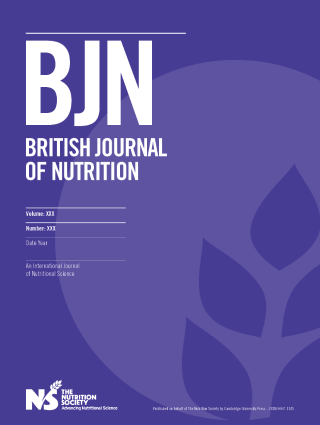Bad break
Around the world,
1 in 3 women and 1 in 5 men
over the age of 50
will suffer an osteoporotic fracture. 1
1 in 3 women and 1 in 5 men
over the age of 50
will suffer an osteoporotic fracture. 1
In women, the incidence of fractures is higher than the total
incidence of cancer, heart infarction, stroke or diabetes.
A high price to pay
Across the European Union, an estimated
€26.4 billion is spent
every year 2
treating osteoporosis-attributed bone fractures.
In the USA, the annual cost of treating fractures related to
osteoporosis is
$17 billion. 3
Playing
hard to get
hard to get
THE GOOD NEWS
is we know that vitamin D improves bone mineral density.
is we know that vitamin D improves bone mineral density.
THE BAD NEWS
is that it can be hard to get enough vitamin D from natural sources alone.
is that it can be hard to get enough vitamin D from natural sources alone.
We get most of our vitamin D through exposure to sunlight.
But this is in short supply in cooler, cloudy climates.
Even in hot countries, people are rightly advised to cover up
or wear sun-screen to protect the skin, reducing their ability
to absorb vitamin D from the sun.


Deficient, insufficient, adequate
The accepted test for establishing an individual’s vitamin D status is
25(OH)D, which measures levels of vitamin D in the
blood. 4

Is adequate
sufficient?
sufficient?
A review of 25(OH)D status in populations worldwide found that
6.7% of people have a vitamin D
status that is deficient, while
37.3% have a status that is
insufficient. 5
56% of people worldwide have a
vitamin D status that is adequate.
However, evidence is emerging to suggest that
a higher, optimal status delivers incremental benefits
Hip hip
hooray
hooray
In a large study involving more than 13,000 participants,
increases in hip bone density were recorded in subjects with a
25(OH)D status that was
above the range considered adequate. 6
The findings were recorded in both younger (20-49)
and older (50+) adults of different ethnicities.

Many scientists now agree that a vitamin D status of above
75 nmol/litre (30 ng/ml) is optimal
Optimal vitamin D status is also associated with improved
muscle strength, a healthy immune system and normal blood
pressure levels.
As well as bone fractures, it may offer benefits in relation
to reducing the risk of developing cardiovascular
diseases and diabetes.
Meanwhile, a review by the Cochrane Collaboration concluded
that vitamin D supplementation may reduce the risk of mortality
by all
causes. 7
Mind the gap
In spite of this evidence, only 11.9%
of people globally have an optimal 25(OH)D
status above 75 nmol/litre.
This means 88.1%
of the global population have a vitamin D status that is
sub-optimal – or worse.
Some experts believe the case for
bridging the gap between adequate and optimal
vitamin D status is now too strong to ignore.
In 2003 Finland’s government implemented its first mandatory
fortification of liquid milk products and fat spreads with
vitamin D. In 2010, the government also recommended children,
adolescents and the elderly to take vitamin D supplements.
Research suggests this intervention has been successful,
with 25(OH)D status rising across the Finnish population.





